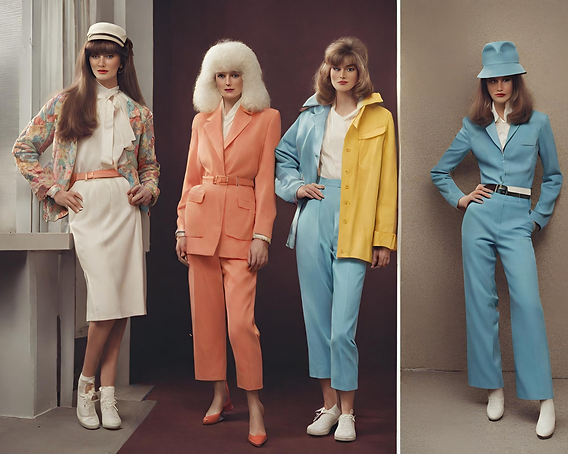Outline of the Article
- Introduction
- Definition of Vintage Style
- The Evolution of Vintage Fashion
- Why Vintage Style is Popular
- Sustainability and Eco-Friendly Fashion
- Nostalgia and Timeless Appeal
- Individuality and Unique Expression
- Key Decades That Inspire Vintage Style
- The Roaring 1920s: Flapper Dresses and Accessories
- The Elegant 1950s: A-Line Skirts and Pearls
- The Bohemian 1970s: Flowy Silhouettes and Bold Prints
- The Retro 1980s: Bold Colors and Power Suits
- Blending Vintage and Modern Fashion
- Choosing a Statement Vintage Piece
- Mixing Modern Basics with Vintage Classics
- Modern Accessories for a Fresh Look
- Tailoring and Altering Vintage Finds
- Where to Find Vintage Fashion
- Thrift Stores and Flea Markets
- Online Marketplaces (Etsy, Depop, eBay)
- Specialized Vintage Boutiques
- Family Heirlooms and Hidden Treasures
- Sustainability: Vintage Fashion’s Green Impact
- Combating Fast Fashion Waste
- The Circular Fashion Economy
- How Vintage Supports Slow Fashion
- Vintage in Home Decor and Lifestyle
- Mid-Century Modern Furniture
- Vintage Vinyl Records and Entertainment
- Retro-Inspired Beauty Trends
- Styling Tips for Vintage Enthusiasts
- Start Small with Accessories
- Know Your Eras for Inspiration
- Mix Textures and Fabrics
- Pay Attention to Fit and Tailoring
- Celebrities and Influencers Who Rock Vintage Style
- Iconic Celebrities Who Love Vintage Fashion
- Social Media Influencers Setting the Trend
- Challenges of Vintage Style and How to Overcome Them
- Finding the Right Size and Fit
- Caring for Delicate Fabrics
- Spotting Authentic Vintage Items
- Benefits of Incorporating Vintage Style
- Environmentally Conscious Choice
- Unique, Timeless Appeal
- Cost-Effective for High-Quality Pieces
- Modern Brands Inspired by Vintage Fashion
- Recreating Classic Designs with a Modern Twist
- Brands That Fuse Old with New
- How to Build a Vintage Wardrobe on a Budget
- Shopping Strategies for Beginners
- Upcycling and DIY Projects
- Finding Value for Money
- The Future of Vintage Style
- Innovations in Vintage-Inspired Fashion
- Rising Awareness of Sustainable Choices
- Conclusion
- Why Vintage Style Will Always Remain Relevant
- Final Thoughts on Old Meets New
- FAQs
- What is considered vintage style?
- How can I mix vintage and modern fashion?
- Where can I find authentic vintage clothes?
- Is vintage fashion sustainable?
- What is the difference between retro and vintage?
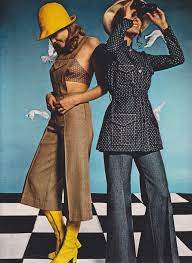
Vintage Style: Where Old Meets New
Introduction
Vintage style is where history and fashion collide, creating a timeless look that never fades. It’s the art of mixing trends from bygone decades with modern-day essentials. From elegant 1920s flapper dresses to bold 1980s power suits, vintage fashion continues to influence today’s wardrobes. But why is it so popular, and how can you incorporate this style seamlessly into your life? Let’s explore the charm of where old meets new.

Why Vintage Style is Popular
Sustainability and Eco-Friendly Fashion
In a world where fast fashion dominates, vintage style offers a more sustainable alternative. Choosing pre-loved clothing helps reduce waste, making it an environmentally conscious choice.
Nostalgia and Timeless Appeal
Vintage fashion holds a charm that evokes memories and celebrates classic designs. Pieces like 1950s circle skirts or 1970s bohemian blouses carry stories and history that modern designs sometimes lack.
Individuality and Unique Expression
Wearing vintage allows you to stand out. Since vintage pieces are often one-of-a-kind, you can create a look that is uniquely yours, free from mass-produced trends.

Key Decades That Inspire Vintage Style
The Roaring 1920s: Flapper Dresses and Accessories
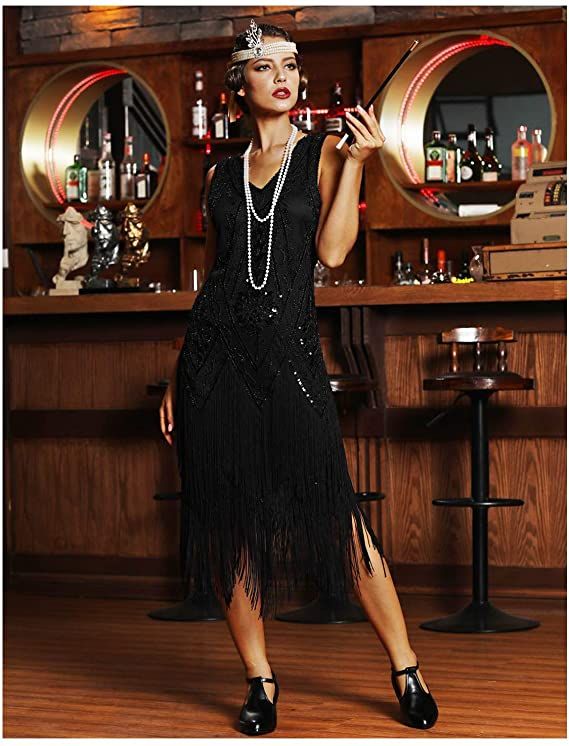
The 1920s brought glamour and freedom with beaded flapper dresses, feathered accessories, and cloche hats. Perfect for adding elegance to any modern look.
The Elegant 1950s: A-Line Skirts and Pearls
The 1950s defined sophistication with cinched waists, A-line skirts, and pearl accessories. These pieces remain timeless and versatile.
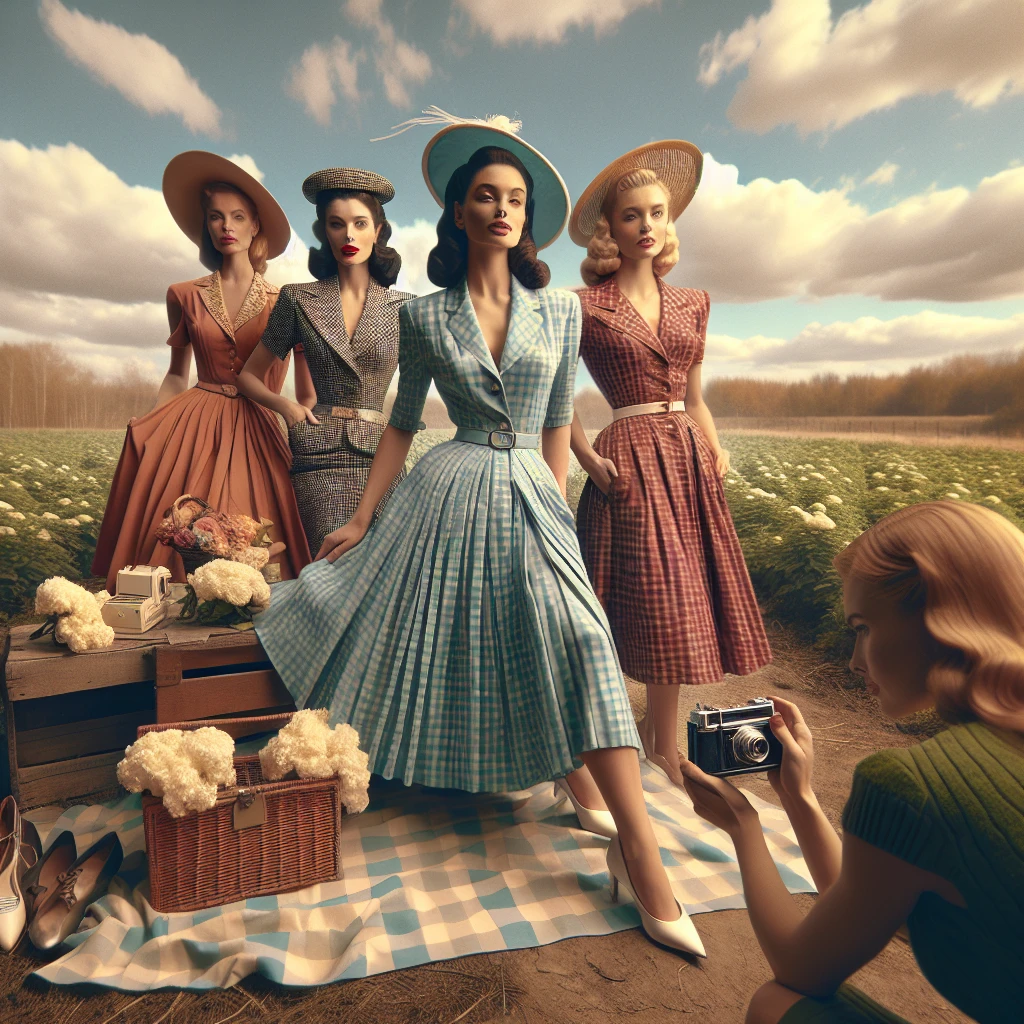
The Bohemian 1970s: Flowy Silhouettes and Bold Prints
The 1970s celebrated free-spirited fashion with bell bottoms, flowy fabrics, and earthy tones. It’s ideal for those who love comfort with style.
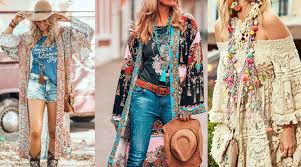
The Retro 1980s: Bold Colors and Power Suits
The 1980s gave us power dressing, neon colors, and oversized blazers—perfect for adding bold statements to a modern outfit.

Blending Vintage and Modern Fashion
Choosing a Statement Vintage Piece
Start with one eye-catching vintage item, like a suede jacket or a polka dot dress. Build your outfit around it with modern basics.
Mixing Modern Basics with Vintage Classics
Combine vintage finds with items like jeans, sneakers, or turtlenecks. For instance, a 1950s blouse pairs perfectly with high-waisted jeans.
Modern Accessories for a Fresh Look
Add a modern twist to a vintage outfit with sleek shoes, trendy handbags, or minimalist jewelry.
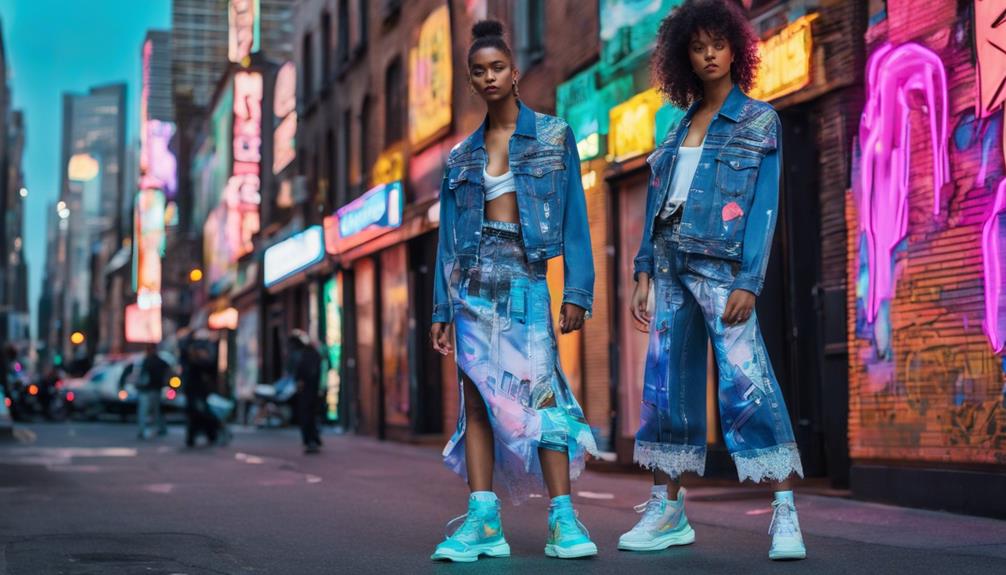
Where to Find Vintage Fashion
- Thrift Stores and Flea Markets: Affordable and fun places to hunt for hidden gems.
- Online Marketplaces: Platforms like Etsy, Depop, and eBay offer curated vintage collections.
- Specialized Vintage Boutiques: For higher-end vintage finds, boutique stores offer authentic and well-preserved pieces.
Sustainability: Vintage Fashion’s Green Impact
Vintage fashion promotes sustainability by extending the life cycle of clothing. It reduces textile waste and supports a circular economy, making it a step toward slow fashion.
Styling Tips for Vintage Enthusiasts
- Start Small with Accessories: Vintage scarves, belts, or jewelry can elevate any modern outfit.
- Know Your Eras: Learn what defines each decade to better style your finds.
- Mix Textures and Fabrics: Play with silk, denim, or velvet for an interesting blend.
Celebrities and Influencers Who Rock Vintage Style
Celebrities like Dita Von Teese and influencers on Instagram are leading the charge, showcasing how vintage can look fresh and contemporary.
Conclusion
Vintage style is more than a trend; it’s a lifestyle. It combines sustainability, individuality, and timeless charm. By blending old and new, you can craft a wardrobe that tells a story while staying chic and unique. Embrace the vintage movement—because true style never goes out of fashion.

FAQs
What is the difference between retro and vintage?
Vintage refers to original pieces from the past, while retro includes new items designed to mimic old styles.
What is considered vintage style?
Vintage style includes clothing and accessories inspired by or made in previous decades, usually 20+ years old.
How can I mix vintage and modern fashion?
Start with a vintage statement piece and combine it with modern basics or accessories for balance.
Where can I find authentic vintage clothes?
Thrift stores, flea markets, vintage boutiques, and online marketplaces are great sources.
Is vintage fashion sustainable?
Yes! It reduces waste by reusing existing clothing, making it an eco-friendly choice.


